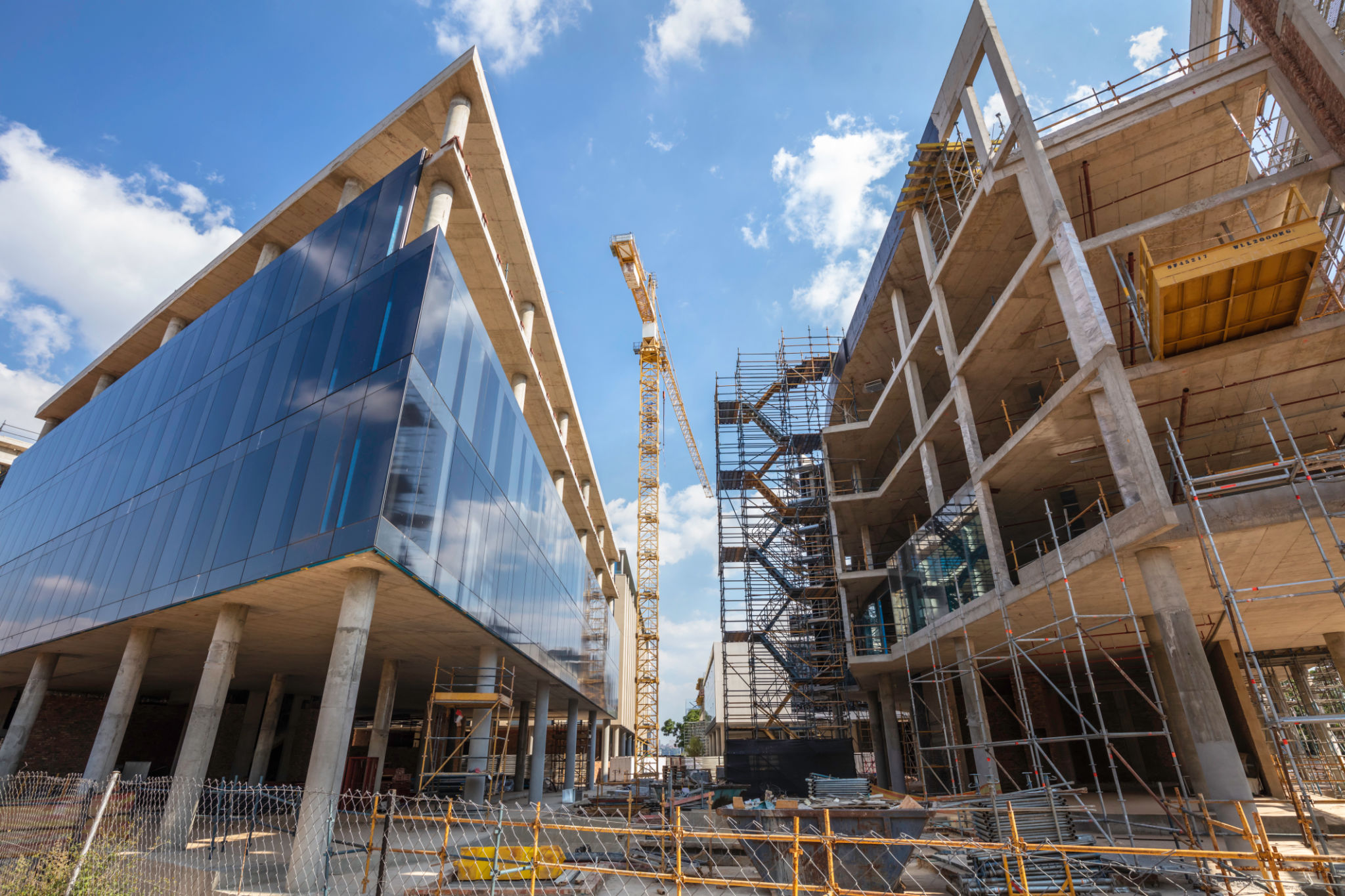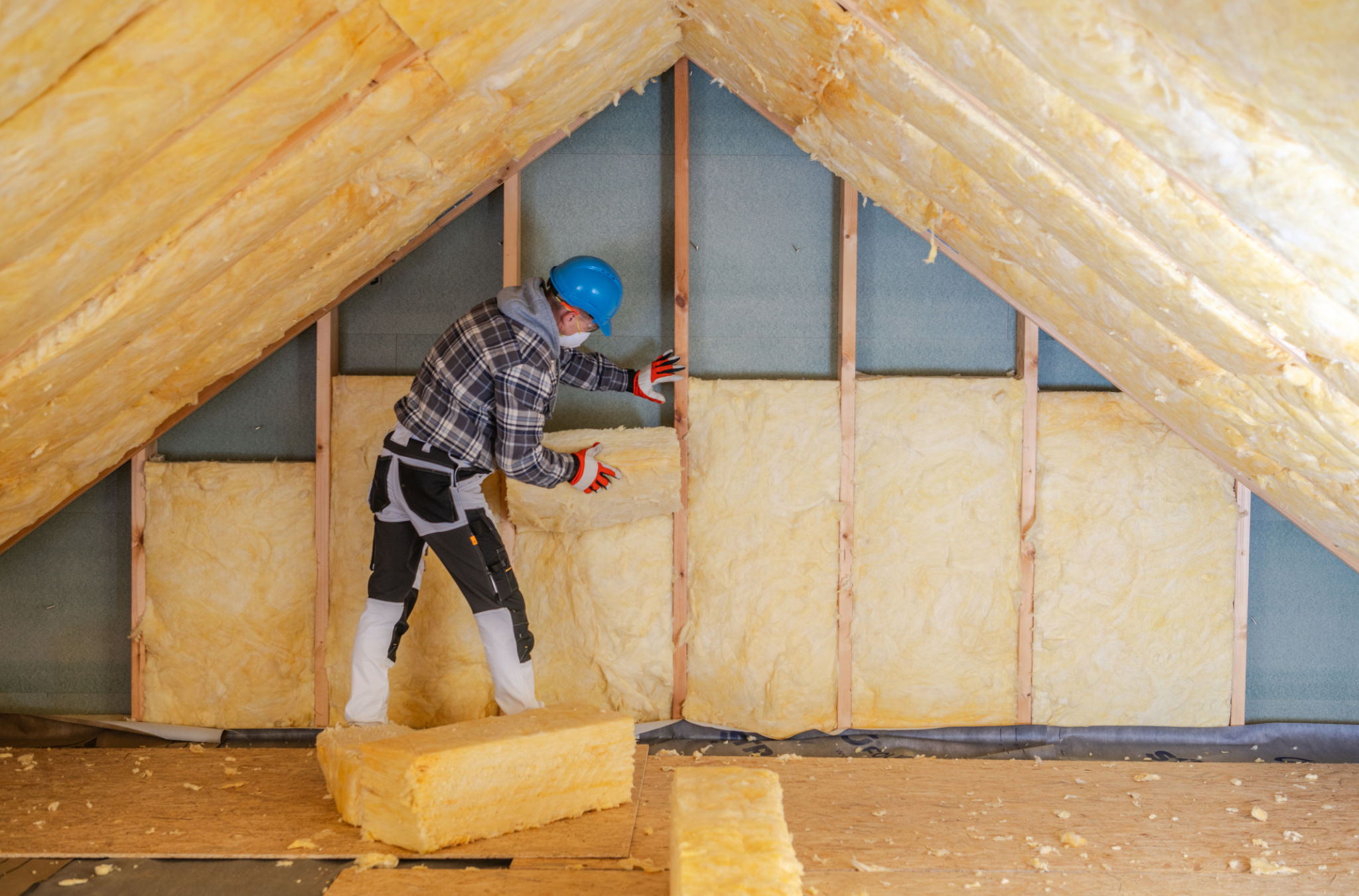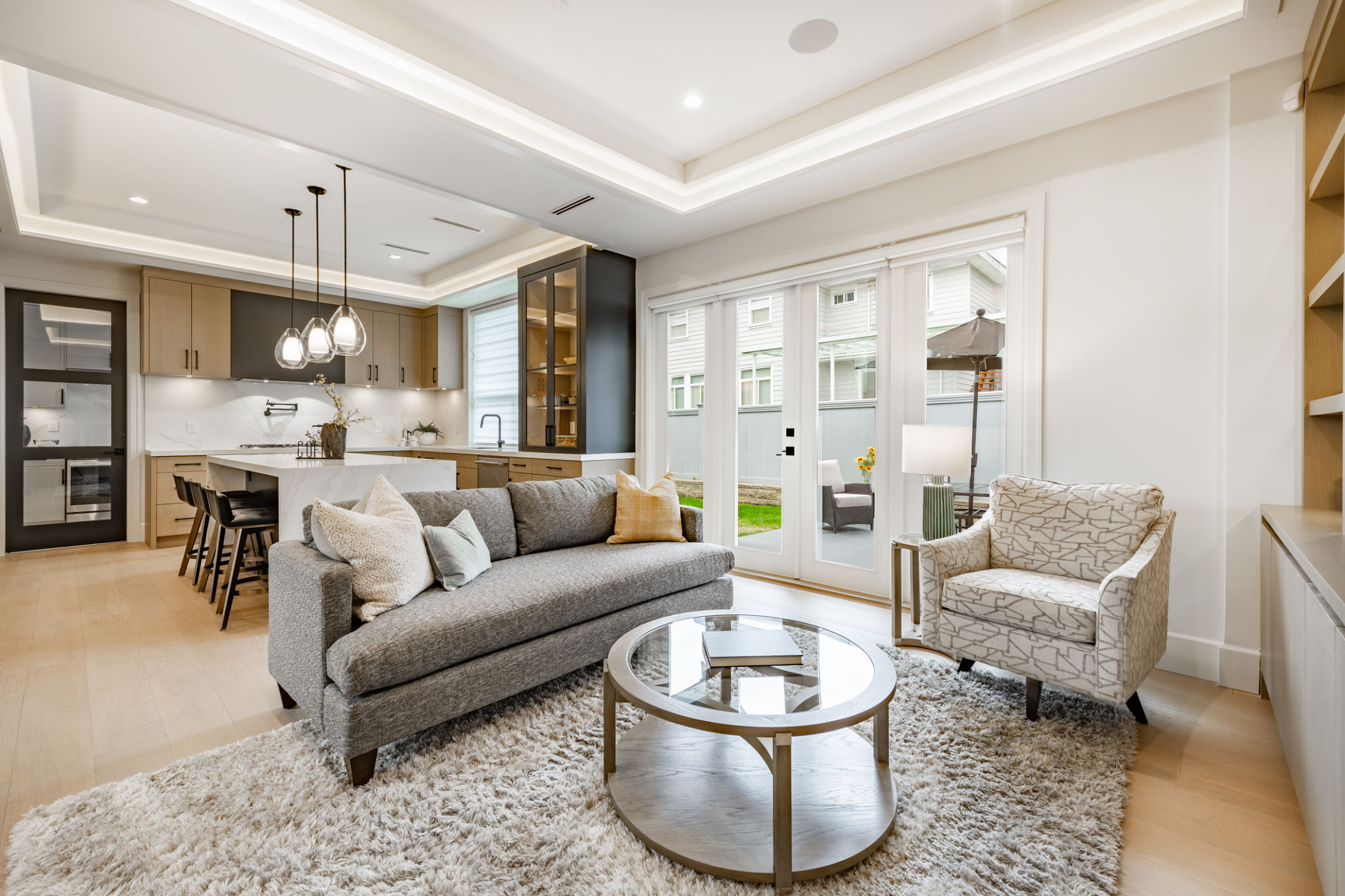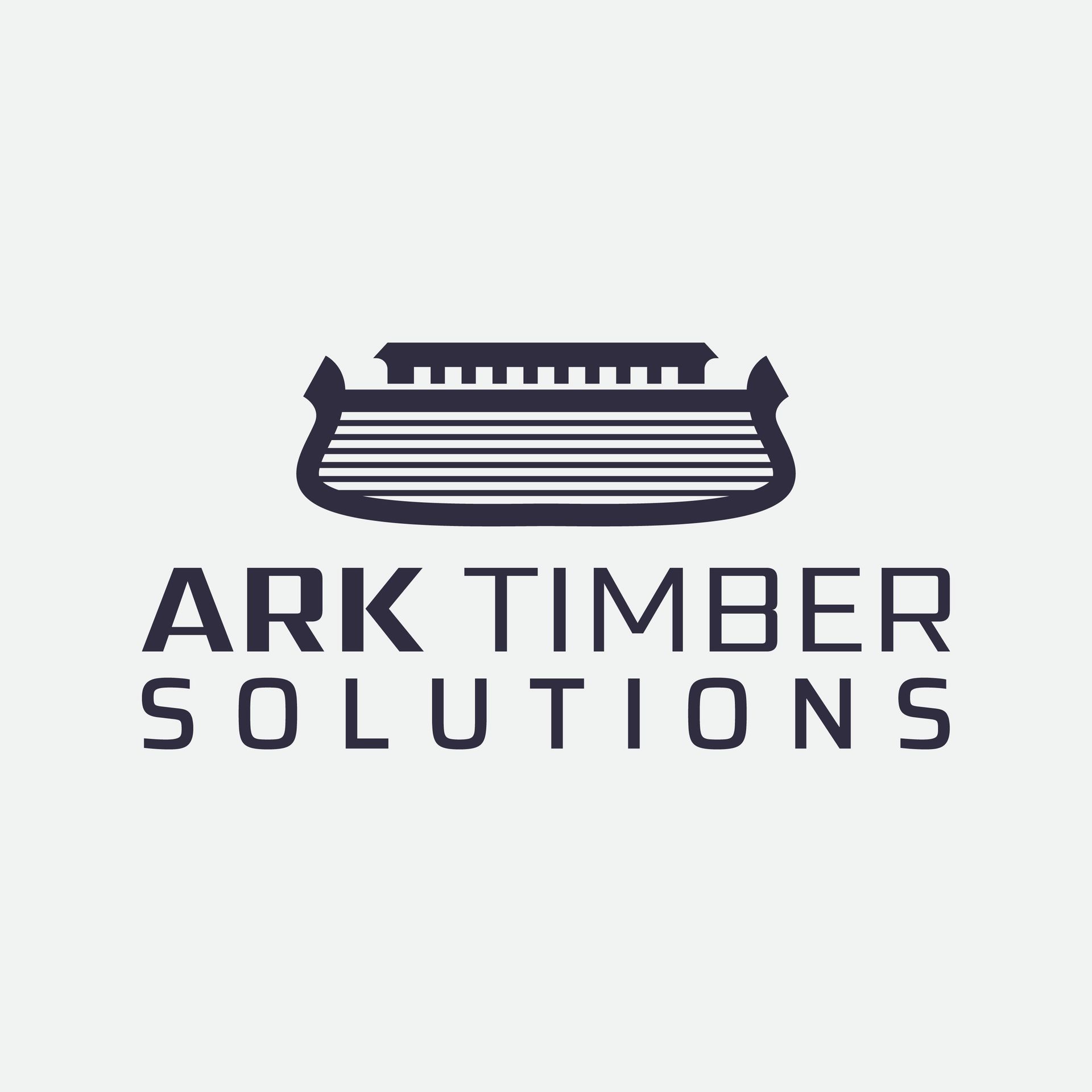5 Common Misconceptions About Timber Frame Construction Debunked
Understanding Timber Frame Construction
Timber frame construction is a building method that has stood the test of time, yet it is often shrouded in misconceptions. As more homeowners and builders explore sustainable construction methods, it's crucial to debunk these myths and shed light on the true advantages of timber framing.

Myth 1: Timber Frames Aren't Durable
A common misconception is that timber frames are not as durable as other construction methods. In reality, timber frame structures have been around for centuries, with many historic buildings still standing today. The key to their longevity lies in the quality of the timber and the craftsmanship involved in their construction. When properly maintained, these structures can last for generations.
Myth 2: Timber Frame Homes Are Hard to Insulate
Another myth is that timber frame homes are difficult to insulate. Modern timber frame construction incorporates advanced insulation techniques that provide excellent thermal performance. The spacious cavities within timber frames allow for a variety of insulation materials, ensuring energy efficiency and comfort throughout the year.

Myth 3: Timber Frame Construction Is More Expensive
While the initial cost of timber frame construction might seem higher than traditional methods, this perception doesn't account for the long-term savings. Timber frames are energy-efficient, which can significantly reduce heating and cooling costs. Additionally, their durability means fewer repairs and maintenance over time, making them a cost-effective choice in the long run.
Design Flexibility with Timber Frames
Many people believe that timber frame homes lack design flexibility. However, this couldn't be further from the truth. The open floor plans inherent in timber frame construction allow for a wide range of architectural styles and interior designs. This flexibility enables homeowners to create personalized spaces that reflect their unique tastes and lifestyles.

Myth 4: Timber Frames Are Not Environmentally Friendly
Contrary to popular belief, timber frame construction can be highly sustainable. Timber is a renewable resource, and when sourced from responsibly managed forests, it has a lower environmental impact compared to other building materials. Additionally, timber frames have a smaller carbon footprint due to their energy efficiency and the carbon storage properties of wood.
Myth 5: Timber Frame Homes Are Noisy
Some assume that timber frame homes are noisier than those built with other materials. However, modern construction techniques incorporate soundproofing measures that effectively mitigate noise. The natural sound-absorbing properties of wood also contribute to a quieter indoor environment.
In conclusion, understanding the realities behind these misconceptions can help homeowners and builders make informed decisions about timber frame construction. As a sustainable and versatile building method, it offers numerous benefits that align with modern demands for eco-friendly and cost-effective living solutions.
